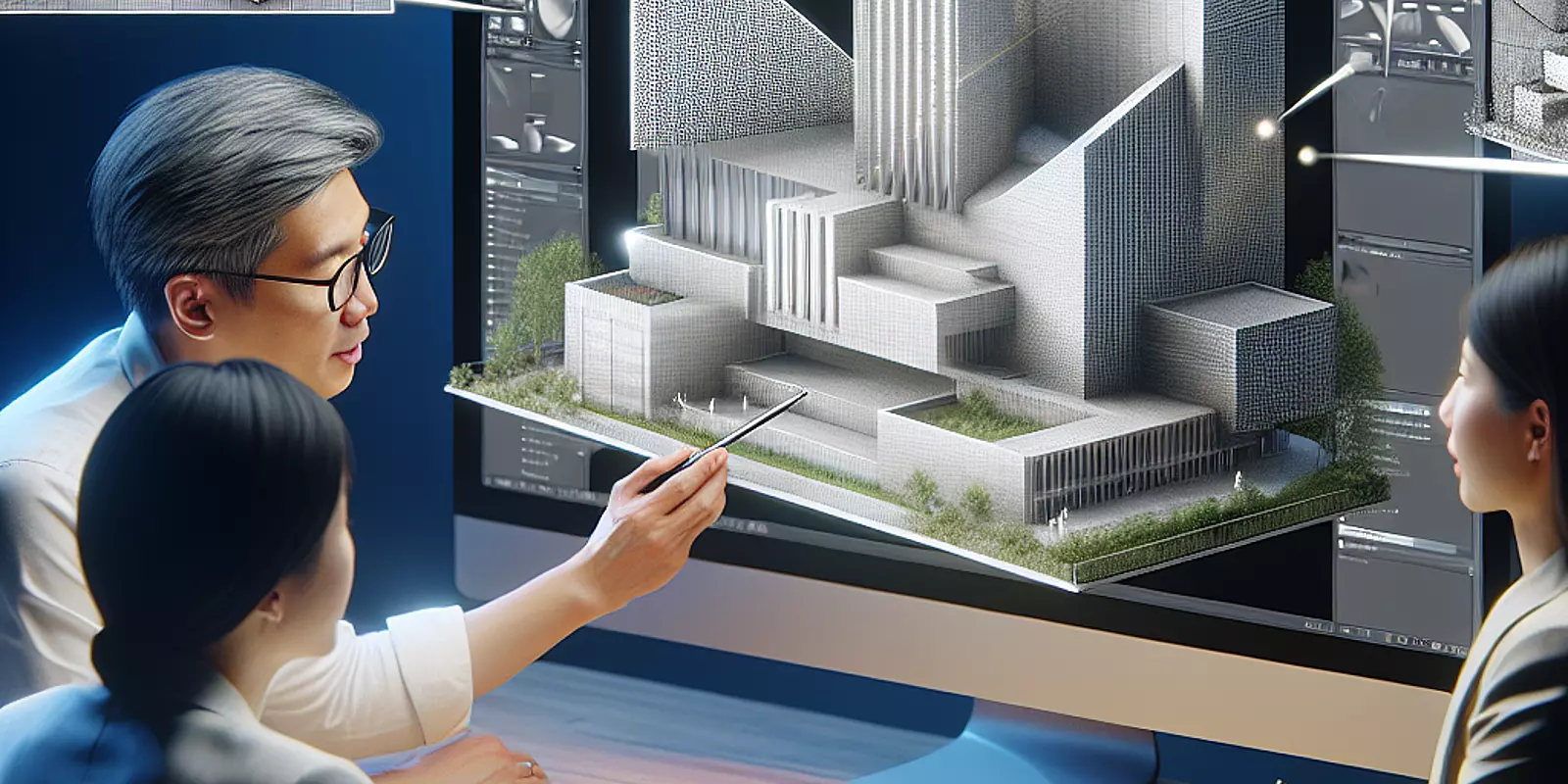
Achieving realism in architectural visualizations is crucial not only for aesthetic appeal but also for effectively conveying the intended atmosphere of a space. While bold designs and innovative structures initially draw the eye, it's often the subtle elements that leave a lasting impression. Features such as light switches, power outlets, and soft-edged furniture contribute significantly to creating authenticity. By meticulously attending to these details, architects and designers can foster a stronger connection between viewers and the simulated environment, making it feel as though they've entered a tangible world. This article delves into various strategies to boost realism in 3D architectural rendering, revealing how thoughtful detail integration immerses audiences more deeply.
In the field of architectural visualizations, choosing the right materials is crucial to achieving a realistic and rich portrayal of spaces. Consistency in materials—particularly matching wood hues and textures—plays a vital role in enhancing the viewer's perception of a space. When showcasing wooden elements like floors, cabinetry, and furniture, using variations of the same wood species can create a cohesive and natural appearance. The grain patterns, finishes, and how light plays on these surfaces are critical to creating a believable environment.
Applying textures skillfully—whether it's a sleek finish on a modern kitchen cabinet or a rough texture on rustic beams—adds complexity and depth. High-resolution texture maps and accurate reflectivity and bump mapping can convincingly mimic the tactile quality of surfaces. Prioritizing material consistency not only elevates realism but also guides the audience’s emotional response, making spaces more relatable and engaging.
Effective decor elements greatly influence the perceived realism of a visualization. Often overlooked details such as light switches and power outlets are vital in crafting lifelike environments. These components should be intentionally integrated, not added as an afterthought, to enhance the viewer's experience.
Accurately rendered light switches and power outlets provide a background narrative for a space. Their placement and style can reflect a room's functionality, inviting viewers to imagine future interactions. Ensuring that switches are positioned at realistic heights and styled in harmony with the overall design ethos adds to the authenticity.
Additionally, the choice of furniture—like soft-edged designs—contributes to a space's welcoming atmosphere, softening its visual impact and making it feel lived-in. Hard, rigid lines often create a stark, unrealistic vibe, while gentle curves and organic shapes invite familiarity and warmth. Presenting these pieces with natural hues and textures that mirror real-world counterparts allows the viewer to connect emotionally with the environment.
Incorporating these factors ensures that architectural visualizations do more than just showcase architectural design. They become a compelling narrative that captures the essence of real life, enhancing the overall authenticity and immersive experience of the visualization.
Creating impressive 3D architectural renderings involves navigating several common challenges. One major hurdle is ensuring lifelike textures, which are essential for conveying a believable scene. Accurately mimicking real-world surfaces—such as wood grain patterns or stone roughness—is critical. Inconsistent texture mapping or overly smooth finishes can break the illusion of realism.
Subtle reflections are another vital yet often underestimated component. While reflections add depth and context, overly intense or erratic ones can distract from the composition. Implementing subtle reflections through the right tools enhances realism significantly; reflective surfaces should not only mirror surroundings but also respond to environmental colors and distortions.
Finally, realistic greenery breathes life into architectural scenes. Avoid relying on generic models or unrealistic plant placements. High-quality 3D plant models, strategically positioned to align with the scene’s context, can make a significant difference. By focusing on textures, reflections, and greenery, designers can enhance their work and minimize common pitfalls.
Harmony between structural integrity and stylistic choices is key to achieving convincing architectural visualizations. Mismatches arise when architectural elements clash with the intended aesthetic, undermining the realistic impact. Reassessing design intent ensures that features like windows, doors, and beams align accurately with the building’s style. For instance, combining ultra-modern lines with ornate historical features can create visual dissonance.
Material consistency across visual elements—such as flooring, furniture, and fixtures—strengthens the cohesive flow, enhancing viewers' experiences. Thoughtful detail application also provides subtle but powerful context. Incorporating practical elements like light switches and power outlets not only grounds the render in reality but also humanizes the space.
Enhancing texture realism is crucial. High-resolution textures on frequently interacted surfaces, such as countertops and fabrics, lend depth to the scene. Strategically placing reflective surfaces improves lighting dynamics and accentuates nearby elements, reinforcing the visual narrative. Lastly, selectively integrating greenery, both indoors and outdoors, softens edges and injects life into the scene. By addressing these aspects, architects and visualizers craft renderings that resonate with authenticity and allure.
Architectural visualization has advanced significantly, enabling architects and designers to share their visions with unparalleled clarity and detail. Enhancing realism in these renderings involves more than applying advanced software techniques—it requires a deep understanding of how details like light switches, power outlets, and furniture contours dramatically influence perception. By exploring methods to enrich architectural visualizations, professionals can create images that not only display designs but also evoke emotions and convey a genuine sense of space. With meticulous attention to detail, architectural renderings transcend the screen, inviting audiences to experience a tangible reality.